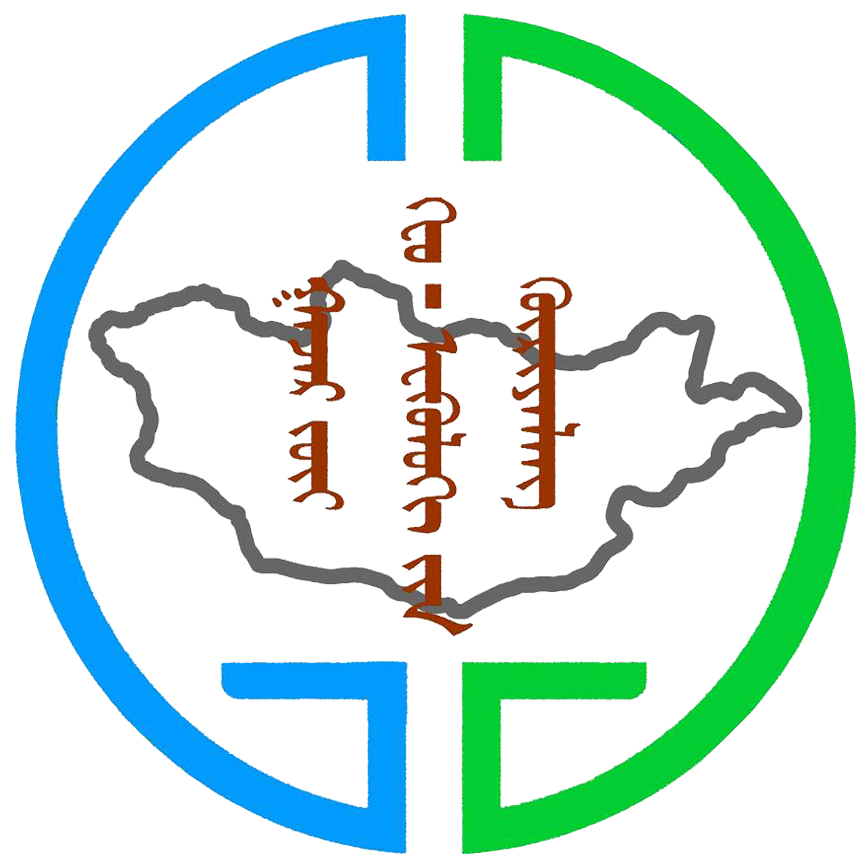Integrated paleogeographic studies have been performed on the loess and soil sequence in the lower reaches of the Orkhon R., northern Mongolia. The samples were taken continuously through the sequence and studied using a broad assortment of field and laboratory analyses. There are five paleosols exposed in the section under study crowned with the presentday soil and separated from each other by loess horizons or proluvial-deluvial deposits. The dating by radiocarbon proved the soil development beginning from the early Holocene. The two lower soils (PS4 and PS5) formed at that interval are noted for the minimum salinity and a considerable content of carbonates. The soils dated to the middle Holocene (PS3 and PS2) contain the least proportion of organic matter and increased salinity, which may be attributed to a dryer climate (even at optimum intervals) than in the early and late Holocene. In common with the present-day soil, the PS1 buried soil is characterized by negligible (or absent) salinity, and a noticeable accumulation of organic matter and carbonates indicative of favorable warm and relatively wet conditions. All the pollen assemblages indicate the dominance of grass vegetation; it may be safely suggested that open meadow and steppe landscapes, occasionally replaced by semi-deserts, prevailed in the considered region during the Holocene.
